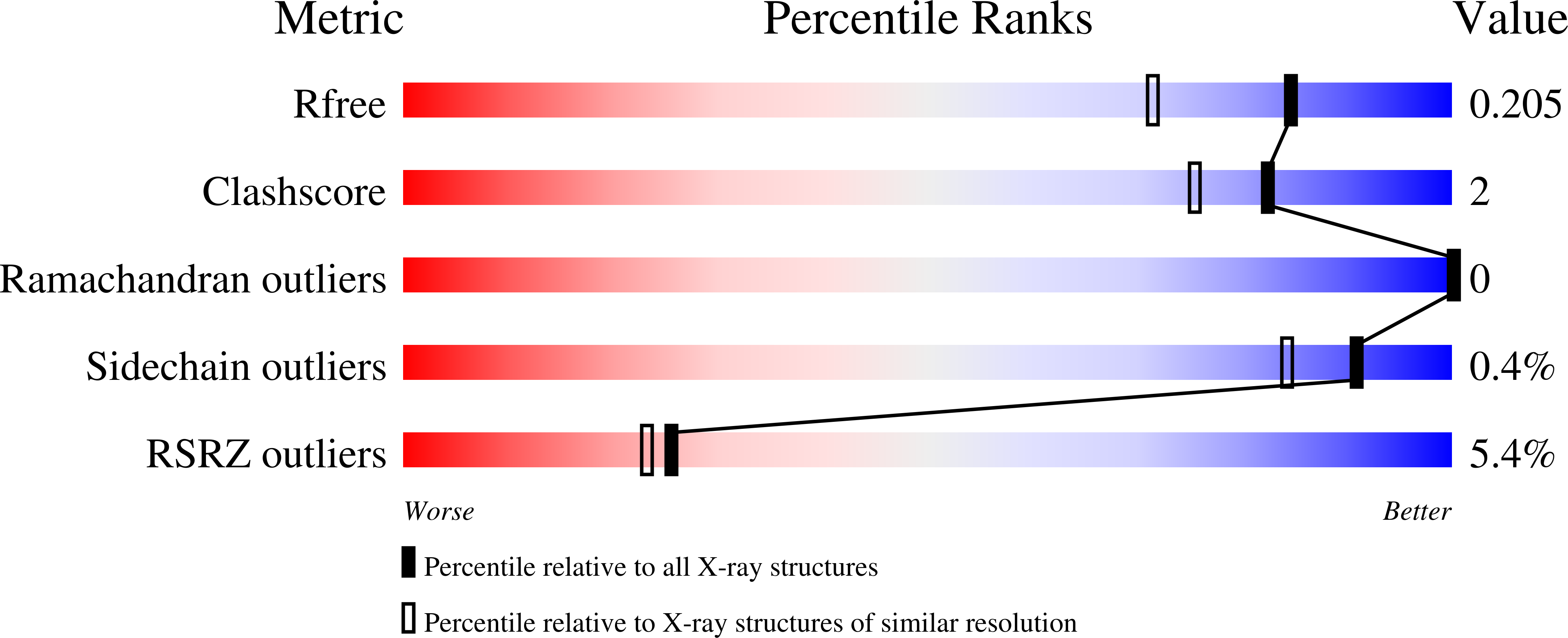
Deposition Date
2020-07-06
Release Date
2021-05-19
Last Version Date
2023-10-18
Entry Detail
PDB ID:
6XO2
Keywords:
Title:
Structural Characterization of Beta Cyanoalanine Synthase from Tetranychus Urticae (two-spotted spider mite)
Biological Source:
Source Organism:
Tetranychus urticae (Taxon ID: 32264)
Host Organism:
Method Details:
Experimental Method:
Resolution:
1.60 Å
R-Value Free:
0.18
R-Value Work:
0.16
R-Value Observed:
0.16
Space Group:
P 41 21 2


